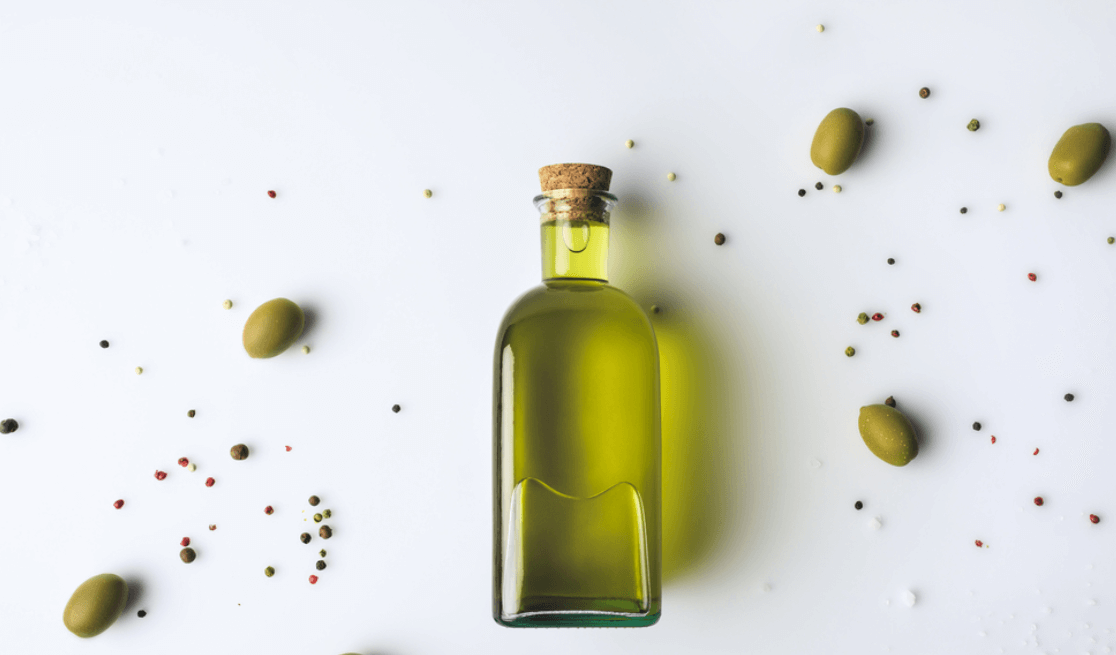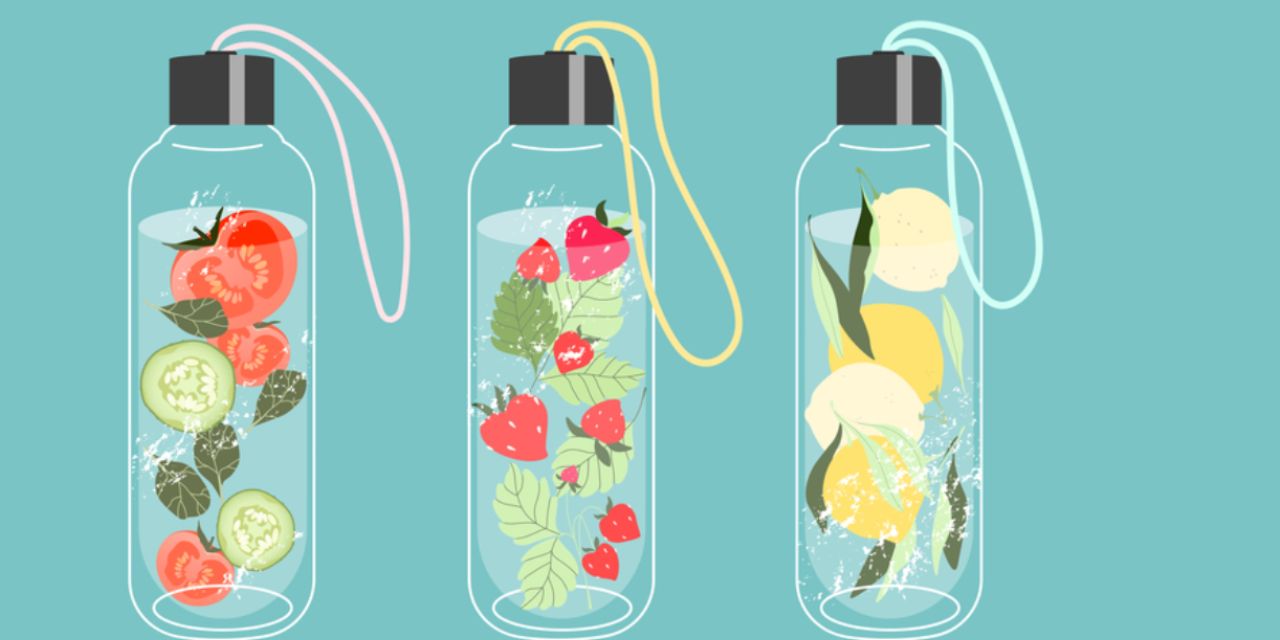Table of Contents
The weight of a glass bottle can vary widely depending on its size, shape, and thickness. Glass bottles come in various forms, from small perfume bottles to large wine or liquor bottles. Additionally, different types of glass, such as flint (clear), amber, or green glass, have different weights.
Here are some approximate weights for different types of glass bottles:
Small Glass Bottles (e.g., Perfume Bottles)
Small glass bottles, such as those used for perfume, typically come in various sizes and shapes. The weight of these bottles can vary based on factors like design, glass thickness, and the presence of additional components like sprayers or caps. Here are some approximate weights for small perfume bottles:
5 ml (0.17 ounces): Around 30-50 grams (1.1-1.8 ounces)
10 ml (0.34 ounces): Around 40-70 grams (1.4-2.5 ounces)
15 ml (0.5 ounces): Around 50-90 grams (1.8-3.2 ounces)
30 ml (1 ounce): Around 80-150 grams (2.8-5.3 ounces)
Keep in mind that these are general estimates, and the actual weight may vary based on the specific design and materials used in the manufacturing of each bottle. Additionally, perfume bottles often have decorative elements that can add to their overall weight. If you have a particular brand or model in mind, it’s advisable to check with the manufacturer for precise information on the weight of their perfume bottles.

Medium-sized Glass Bottles (e.g., Sauce or Salad Dressing Bottles)
Medium-sized glass bottles, such as those used for sauces or salad dressings, can vary in weight based on factors like volume, design, and the thickness of the glass. Here are some approximate weights for medium-sized glass bottles:
250 ml (8.5 ounces): Around 300-500 grams (10.5-17.6 ounces)
500 ml (16.9 ounces): Around 500-800 grams (17.6-28.2 ounces)
750 ml (25.4 ounces): Around 700-1000 grams (24.7-35.3 ounces)
These estimates provide a general range, and the actual weight can vary depending on the specific design of the bottle, the type of glass used, and any additional components such as caps or closures. It’s recommended to check with the manufacturer or supplier for precise information on the weight of a particular bottle model or brand.

Large Glass Bottles (e.g., Wine Bottles)
Large glass bottles, such as those used for wine, can vary in weight depending on factors like volume, design, and the thickness of the glass. Here are some approximate weights for large glass wine bottles:
750 ml (25.4 ounces): Around 500-900 grams (17.6-31.7 ounces)
1 liter (33.8 ounces): Around 700-1200 grams (24.7-42.3 ounces)
These estimates provide a general range, and the actual weight can vary depending on the specific design of the bottle, the type of glass used, and any additional components such as corks, foil capsules, or labels. Wine bottles may also vary in weight based on the region and winery practices.
If you have a specific brand or type of wine bottle in mind, it’s advisable to check with the winery or manufacturer for precise information on the weight of their bottles.

Very Large Glass Bottles (e.g., Spirits or Olive Oil Bottles)
Very large glass bottles, such as those used for spirits or olive oil, can vary in weight depending on factors like volume, design, and the thickness of the glass. Here are some approximate weights for very large glass bottles:
1.5 liters (50.7 ounces): Around 1000-1500 grams (35.3-52.9 ounces)
2 liters (67.6 ounces): Around 1200-1800 grams (42.3-63.5 ounces)
These estimates provide a general range, and the actual weight can vary depending on the specific design of the bottle, the type of glass used, and any additional components such as caps or closures. Spirit bottles, in particular, may have unique shapes and designs that contribute to their overall weight.
For precise information on the weight of a specific brand or type of bottle, it’s recommended to check with the manufacturer or supplier. They can provide detailed specifications for their products, including the weight of the bottles they produce.

Conclusion
In conclusion, the weight of a glass bottle is influenced by various factors such as size, shape, glass thickness, and additional components like caps or closures. Whether it’s a small perfume bottle, medium-sized sauce or dressing bottle, large wine bottle, or very large spirits or olive oil bottle, each category comes with its own weight range. These estimations are general and serve as a guideline, as actual weights can vary based on the specific design and materials used by different manufacturers. For precise information, it is advisable to consult the manufacturer or supplier of the specific glass bottle in question. Understanding the factors that contribute to the weight of glass bottles allows consumers and industry professionals to make informed decisions about packaging, transportation, and overall product handling.
